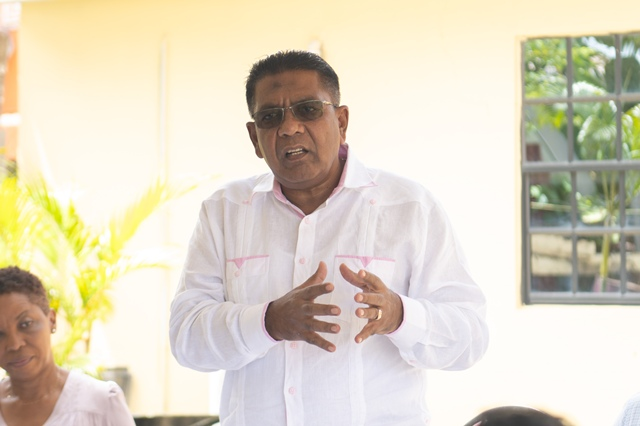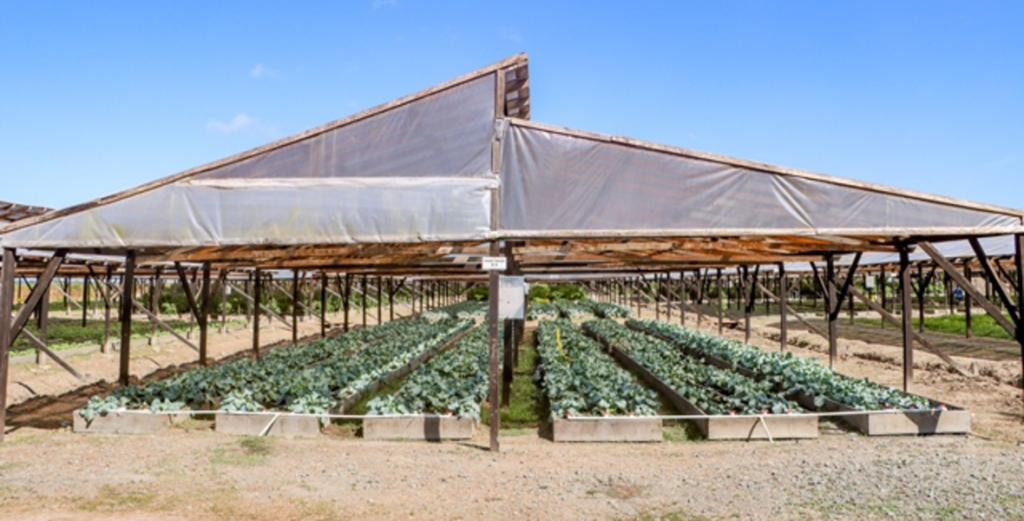The PPP/C government’s vision for food security in the hinterland regions is backed by rigorous implementation, unlike the blatant neglect shown in the coalition government’s management in this area.
Minister of Agriculture Zulfikar Mustapha made the statement during an interview with the Department of Public Information (DPI) on Monday.
He recalled the previous government’s ambitious plan for hinterland agricultural development, which included the launch of the US$11 million Hinterland Environmentally Sustainable Agricultural Development Project (HESAD).
The programme aimed to improve resilience through income generation, improved nutrition and adaptation to climate variability.
As part of its extension, the programme would be operated in Regions Seven, Eight and Nine, as well as in the Mabaruma and Moruca subregions in Region One.
“In the three years under APNU, they did nothing but hire staff,” he pointed out.
The minister further quoted the International Fund for Agricultural Development (IFAD)’s Partial Supervisory Report on the project, which highlighted “insignificant progress” and an “extremely low disbursement rate” in the four years of the project’s implementation.
“The people of Guyana began to see beneficial implementation of this project in 2021, when the PPP/C government took management,” he asserted.
Minister Mustapha pointed to yet another failure under the APNU+AFC government stating:
“Another programme, the Sustainable Agricultural Development Programme (SADP), funded by Inter-American Development Bank, was supposed to deliver the technology transfer to the Rupununi and Intermediate Savannahs but that didn’t happen either. After 2020, SADP was again fully implemented.”
According to the minister, these failures have laid bare the APNU+AFC’s pattern of poor management across the board.
The agriculture minister spoke of the crucial investments made in the hinterland regions, including the installation of advanced weather stations at aerodromes and food safety training sessions.
Seven agro-processing facilities have also been constructed thus far.
“Government is also assisting Amerindian villages in cultivating other crops, such as orchards and pineapples. In 2024, several villages received planting materials and support to increase their cultivation, including Orealla, Siparuta, Mainstay/Whyaka, Mashabo, Bethany, Baracara, and Baramita. Additionally, coffee and cocoa are being focused on,” he stated.
The government has also been tapping into the potential of honey production in hinterland and riverine communities to foster job creation.
Over the last four years, these communities have been greatly empowered through the expansion of agricultural land holdings and the development of export-oriented agricultural ventures.
The ministry has established cassava germ-plasm banks across Aishalton, St Ignatius, and Sand Creek to ensure adequate cassava sticks during dry seasons.
A total of $104.6 billion is budgeted this year to continue aggressive investment and support for the agricultural sector.







